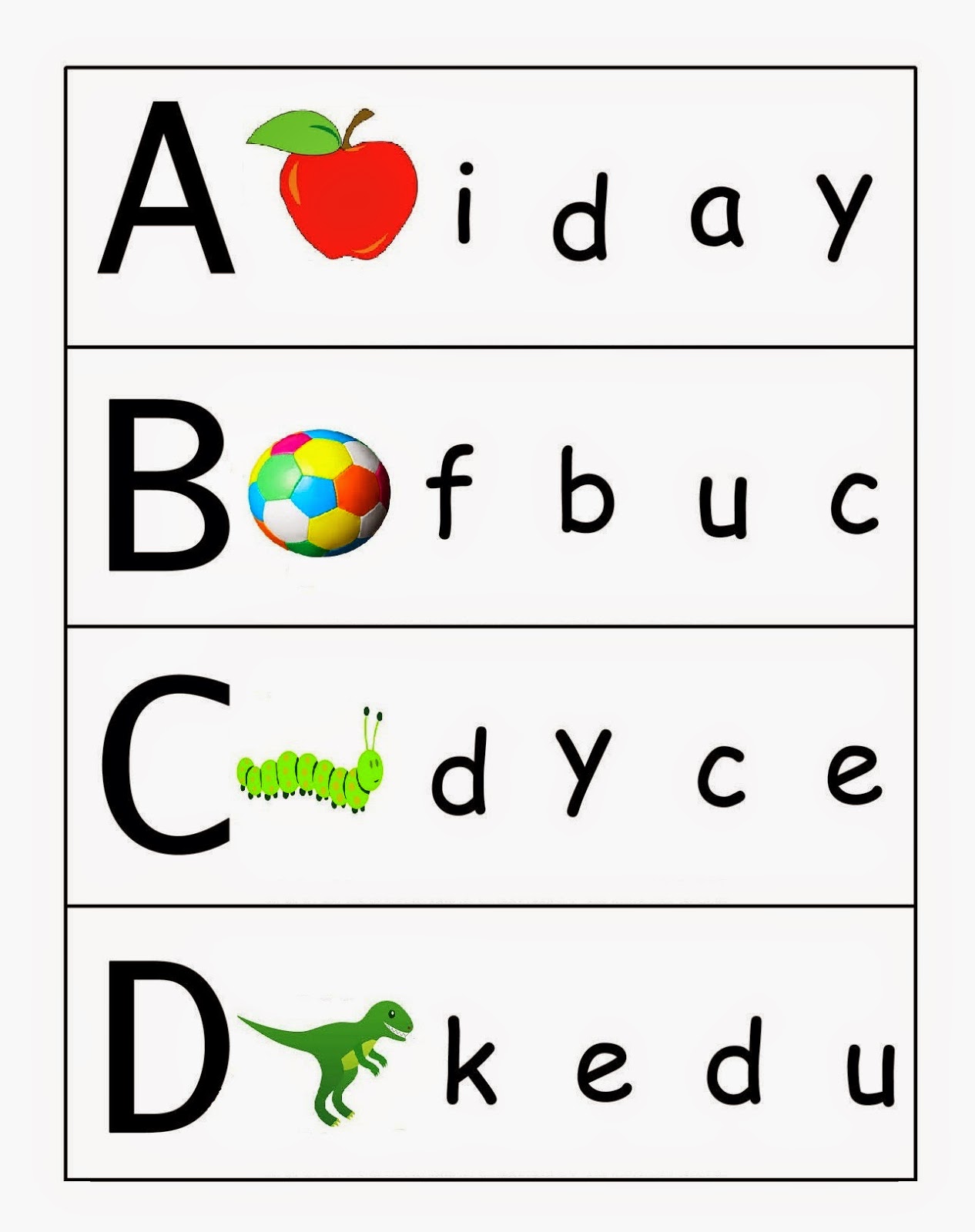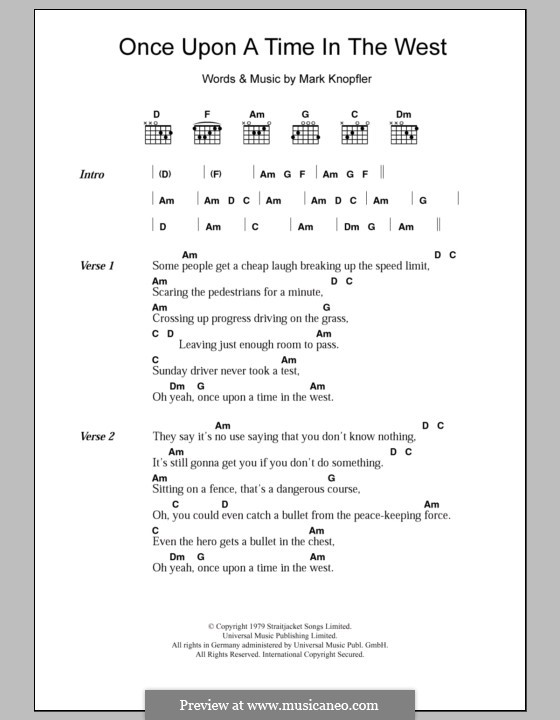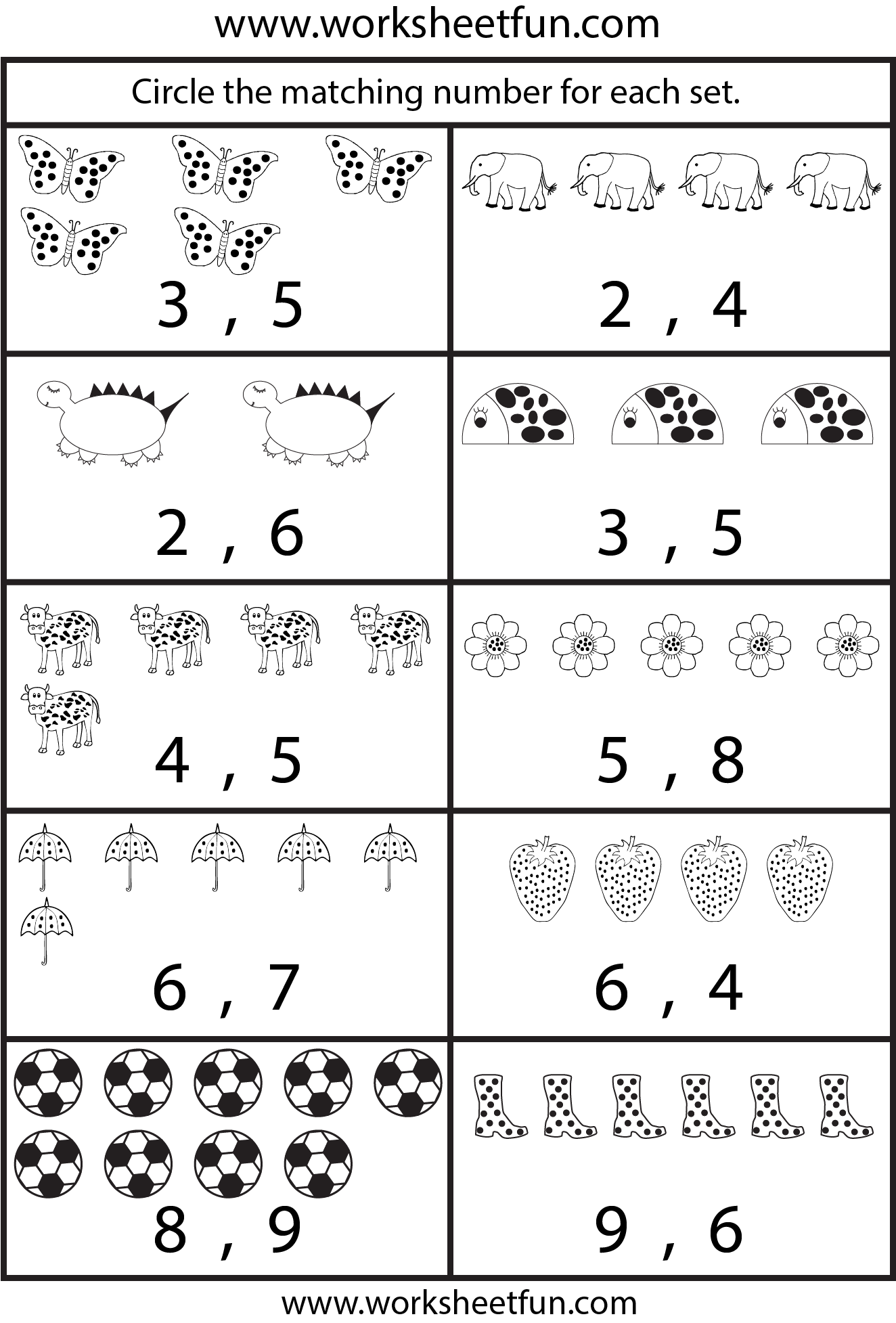Innovation teaching awards qs wharton business school
Table of Contents
Table of Contents
Teaching Innovation: Uncover Effective Alphabet Teaching Techniques is a topic that has gained increased attention in recent years. With the ever-evolving landscape of education and the need for students to develop strong literacy skills, educators are constantly looking for new and innovative ways to teach the alphabet effectively. In this blog post, we will explore some of the most effective techniques and strategies for teaching the alphabet, and how they can make a significant impact on student learning outcomes.
One of the challenges that teachers face when teaching the alphabet is keeping students engaged and motivated. Traditional methods of alphabet instruction can be dry and repetitive, leading to disinterested learners. However, by incorporating teaching innovations, educators can make the learning process more interactive and exciting. These innovations can include the use of technology, hands-on activities, and creative approaches to letter recognition and sound instruction. By implementing these techniques, teachers can address the pain points associated with teaching the alphabet, such as student disengagement and lack of motivation.
Teaching Innovation: Uncover Effective Alphabet Teaching Techniques aims to provide educators with practical strategies and tips for implementing innovative teaching techniques in their classrooms. By adopting these techniques, teachers can create a learning environment that is conducive to student engagement and success. From incorporating multi-sensory activities to using interactive games and digital resources, there are numerous ways to make alphabet instruction more effective and enjoyable for students. By using these methods, educators can enhance letter recognition, phonological awareness, and overall literacy skills.
In conclusion, Teaching Innovation: Uncover Effective Alphabet Teaching Techniques offers a fresh perspective on alphabet instruction, highlighting the importance of incorporating innovative methods into the classroom. By embracing these techniques, educators can address the pain points associated with traditional alphabet instruction, creating a more engaging and effective learning experience for students. By utilizing teaching innovations such as hands-on activities and digital resources, teachers can unlock the full potential of their students, helping them develop strong literacy skills that will benefit them in all aspects of their academic journey.
Teaching Innovation: Uncover Effective Alphabet Teaching Techniques and its Target
As an experienced educator, I have personally witnessed the power of teaching innovation in the context of alphabet instruction. One particular technique that has consistently yielded positive results is the use of interactive games and activities. For instance, I often introduce alphabet bingo to my students, where they have to match letters and sounds to their corresponding pictures. Not only does this game reinforce letter recognition, but it also encourages critical thinking and problem-solving skills. The students are actively engaged and motivated to participate, making the learning process both enjoyable and effective.
In terms of specific strategies related to Teaching Innovation: Uncover Effective Alphabet Teaching Techniques, I have found that incorporating technology can significantly enhance the learning experience. By using educational apps and online resources, students can interact with letters and sounds in a fun and interactive way. For example, there are numerous alphabet-themed apps that allow students to trace letters, listen to corresponding sounds, and play interactive games. These digital tools not only reinforce letter recognition but also provide immediate feedback, allowing students to track their progress and improve their skills over time.
Teaching Innovation: Uncover Effective Alphabet Teaching Techniques and its Target
Another effective technique that I have implemented in my classroom is the use of multi-sensory activities. By incorporating tactile elements into the alphabet instruction, students are able to engage multiple senses, enhancing their learning experience. For instance, I often encourage students to use manipulatives such as letter blocks or magnetic letters to physically construct words and sentences. This hands-on approach not only reinforces letter recognition but also helps students develop fine motor skills and spatial awareness. Additionally, incorporating music and movement into alphabet instruction can further support student engagement and memory retention.
Teaching Innovation: Uncover Effective Alphabet Teaching Techniques and Related Keywords
When it comes to Teaching Innovation: Uncover Effective Alphabet Teaching Techniques, one key strategy is to introduce alphabet letters and sounds through real-life connections and experiences. By making the learning relevant and meaningful, students are more likely to be engaged and retain the information. For example, I often take my students on nature walks where we search for objects or animals that start with specific letters. This activity not only reinforces letter recognition but also provides a context for students to apply their knowledge in real-world situations. By connecting alphabet instruction to their everyday lives, students develop a deeper understanding and appreciation for the learning process.
Teaching Innovation: Uncover Effective Alphabet Teaching Techniques and Related Keywords
In addition to hands-on activities and real-life connections, incorporating storytelling and literature into alphabet instruction can also be highly effective. By using picture books and engaging stories, teachers can bring the alphabet to life and capture students’ imaginations. For example, I often read alphabet-themed books that introduce letters and sounds in a narrative format. The students are captivated by the stories and become actively involved in the learning process. This approach not only reinforces letter recognition but also promotes language development and literacy skills. By leveraging the power of storytelling, teachers can create a memorable and impactful learning experience for their students.
Teaching Innovation: Uncover Effective Alphabet Teaching Techniques and its Target
In conclusion, Teaching Innovation: Uncover Effective Alphabet Teaching Techniques offers a unique and practical approach to alphabet instruction. By incorporating teaching innovations such as technology, multi-sensory activities, real-life connections, and storytelling, educators can transform the learning experience for their students. The power of these techniques lies in their ability to engage students, make the learning process enjoyable, and promote the development of strong literacy skills. By embracing Teaching Innovation: Uncover Effective Alphabet Teaching Techniques, teachers can unlock the full potential of their students and empower them to become confident and proficient readers and writers.
Conclusion of Teaching Innovation: Uncover Effective Alphabet Teaching Techniques
Gallery
Teaching Letters And Sounds: Effective Alphabet Instruction - Mark
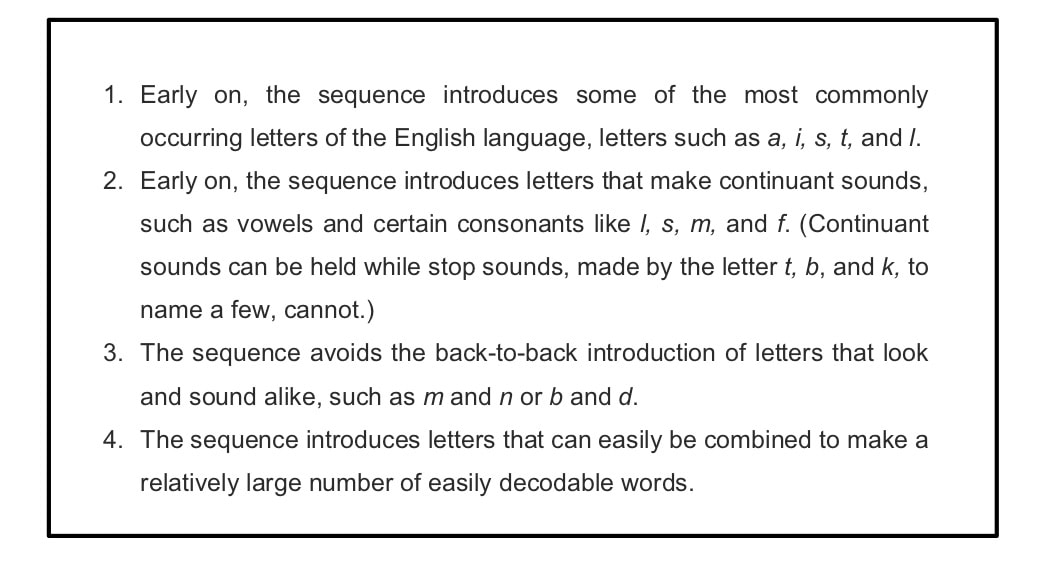
Photo Credit by: bing.com / sounds consumer letters chinese alphabet sequence upset sil dance future because breach kickstarter notice pwned been mind inside consumers groom
Call For Applications: Teaching Innovation Fund | Humber Communiqué

Photo Credit by: bing.com / fund teaching innovation applications call humber sotl tif application spring
Teaching Letters And Sounds: Effective Alphabet Instruction - Mark
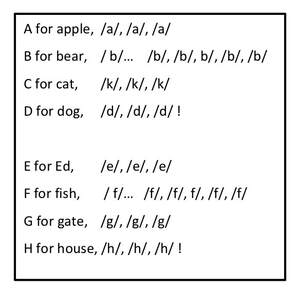
Photo Credit by: bing.com / letters sounds alphabet letter sound song teaching weakland literacy mark
Build Letter Recognition And Teach The Alphabet In Creative, Hands-On

Photo Credit by: bing.com / phonics proudtobeprimary
New Teaching Innovation Awards From QS And The Wharton School Of

Photo Credit by: bing.com / innovation teaching awards qs wharton business school

